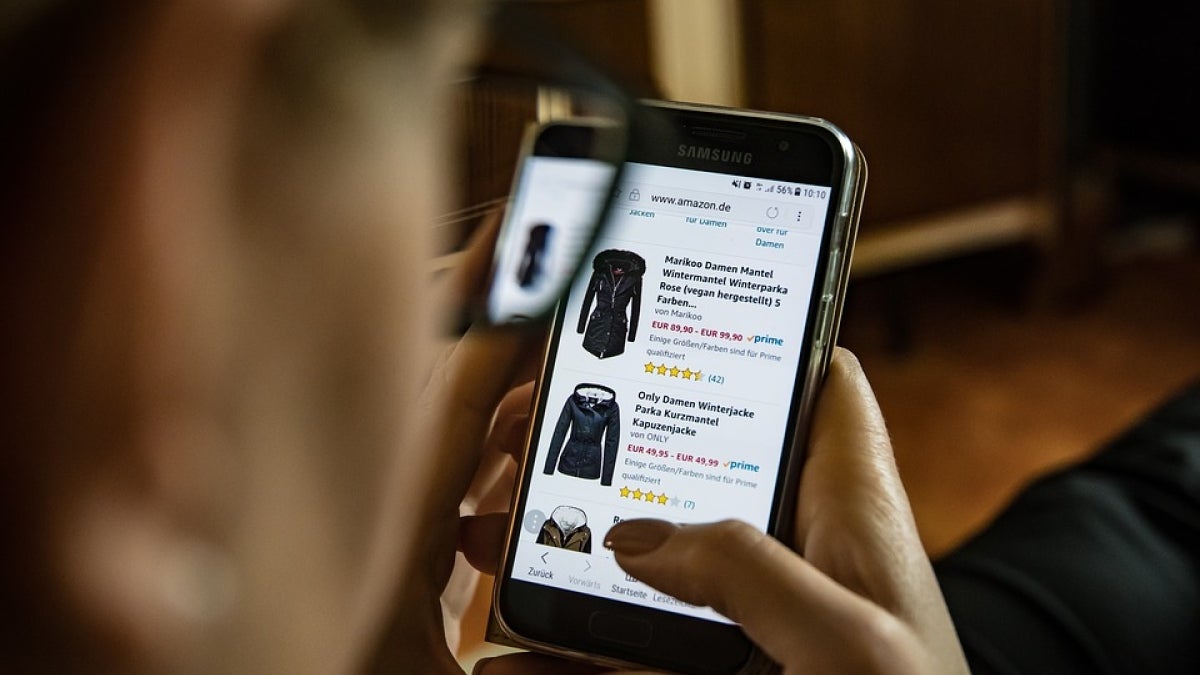Everybody loves a good deal.
Amazon, the world’s largest retailer, knows this, and it’s a big part of why it created Prime Day in 2015.
The annual deal event exclusively for Amazon Prime members offers two days of big bargains on products from small businesses and top brand names.
It’s a win-win for everyone: Consumers get huge deals, and retailers get to unload inventory during a slow time of the year. The economy also gets a boost.
ASU News spoke to Elliot Rabinovich, the AVNET professor of supply chain management and the co-director of the Internet Edge Supply Chain Management Lab at the W. P. Carey School of Business at Arizona State University, about the epic retail event happening June 21–22.
Elliot Rabinovich
Question: Amazon’s Prime Day made a big splash when it debuted in 2015, and every year it just seems to get bigger in stature. What has it come to mean to consumers and the retail industry?
Answer: There’s no doubt it’s become a retail tradition. ... It started as an unusual sales event that Amazon launched in the middle of the summer when there's not a whole lot of things going on retail-wise. People look forward to this day to buy opportunistically because the products they do offer have big discounts during a time when there's not a whole lot of sales opportunities.
It also gives Amazon a nice bump in sales when things are fairly quiet. It also means an opportunity to engage consumers who might not otherwise buy from Amazon or try Prime service or delivery. So it gives them a chance to attract new customers who are not heavy Amazon users.
Q: How do retailers decide what goes on sale on Prime Day?
A: This event takes place when retailers are thinking about the products they need to move out of their inventory to make room for other products that they expect to sell during the fourth quarter when demand is much higher. So Prime Day is strategically scheduled around late June just in time to push that inventory out the door.
Q: What are the implications for inventory managers on this particular day?
A: The vast majority of products that are part of Prime Day are products that have been in stock for a while and have not been replenished. The big implication for inventory managers is that they will need to plan inventory transitions to make way for new products in their distribution centers.
Prime Day as a sales event is short-lived — it only lasts two days. There is a limited amount of time to make these sales. And then when the event is over, prices will go back to the way they were before. This is what's commonly known as a “flash sales event” because these are fast, have a short duration and this duration along with the inventory amounts available are two obvious constraints.
Another important consideration for managers to understand is that they need to figure out a good price for a particular product so that they can sell off the inventory during this limited time. If they've priced the inventory too high, they may end up with remaining inventory at the end of the Prime Day sales event. If they price inventory too low, they're going to have a run on the inventory and they will run out of stock. So there's a balance that they have to strike.
Q: How does Prime Day impact the operation of distribution centers?
A: A big component in these operations is efficiency. If these operations are subject to fixed costs in terms of facility and labor costs, you’d better utilize those resources efficiently. With Prime Day, Amazon has the opportunity to increase the utilization rate of all these fixed resources — facilities and labor — that are traditionally underutilized during this time of the year.
Q: You stated previously that these purchases are usually impulse buys. Is this a good or bad thing in your opinion?
A: I think it’s great for the economy, and it's a great thing for Amazon. I'm always a little skeptical about these events from a consumer point of view because these types of sales aren’t designed or meant for customers to buy things that they need. It’s mostly just for the fun and the thrill of buying or being opportunistic. That said, it’s great for the economy and it’s a fun event for consumers who enjoy doing some treasure hunting.
Top photo courtesy of Pixabay
More Science and technology

ASU graduate student researching interplay between family dynamics, ADHD
The symptoms of attention deficit hyperactivity disorder (ADHD) — which include daydreaming, making careless mistakes or taking risks, having a hard time resisting temptation, difficulty getting…

Will this antibiotic work? ASU scientists develop rapid bacterial tests
Bacteria multiply at an astonishing rate, sometimes doubling in number in under four minutes. Imagine a doctor faced with a patient showing severe signs of infection. As they sift through test…

ASU researcher part of team discovering ways to fight drug-resistant bacteria
A new study published in the Science Advances journal featuring Arizona State University researchers has found vulnerabilities in certain strains of bacteria that are antibiotic resistant, just…

